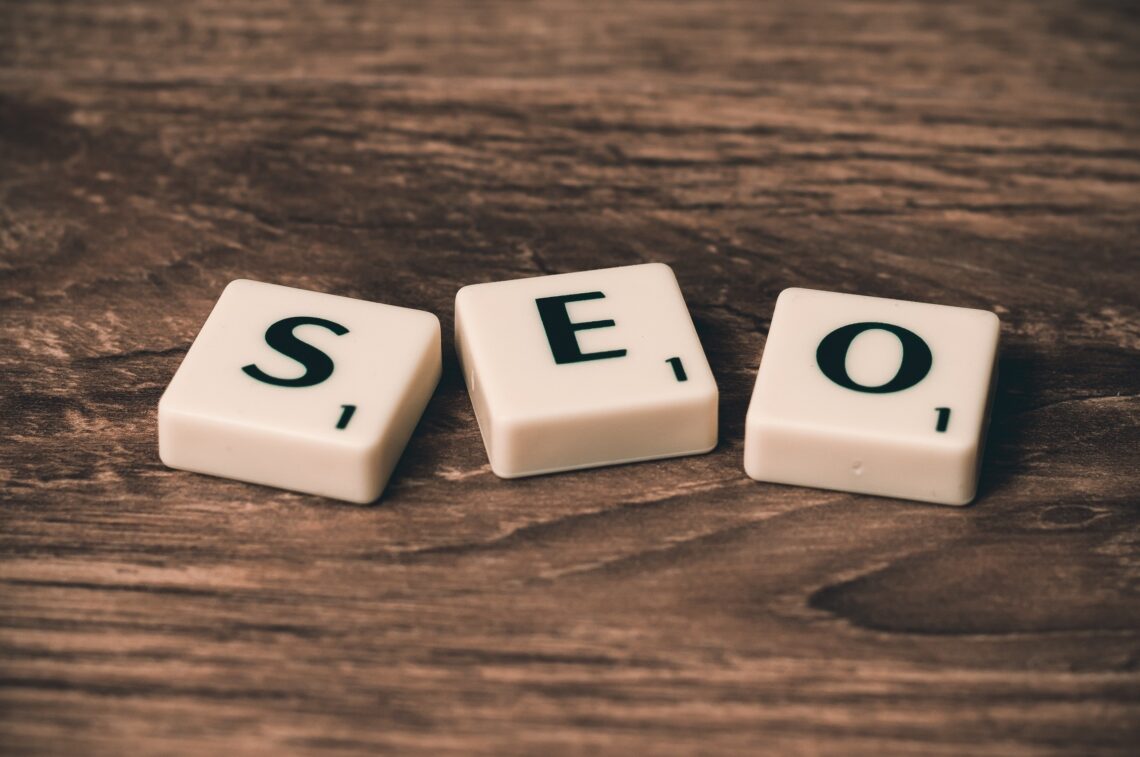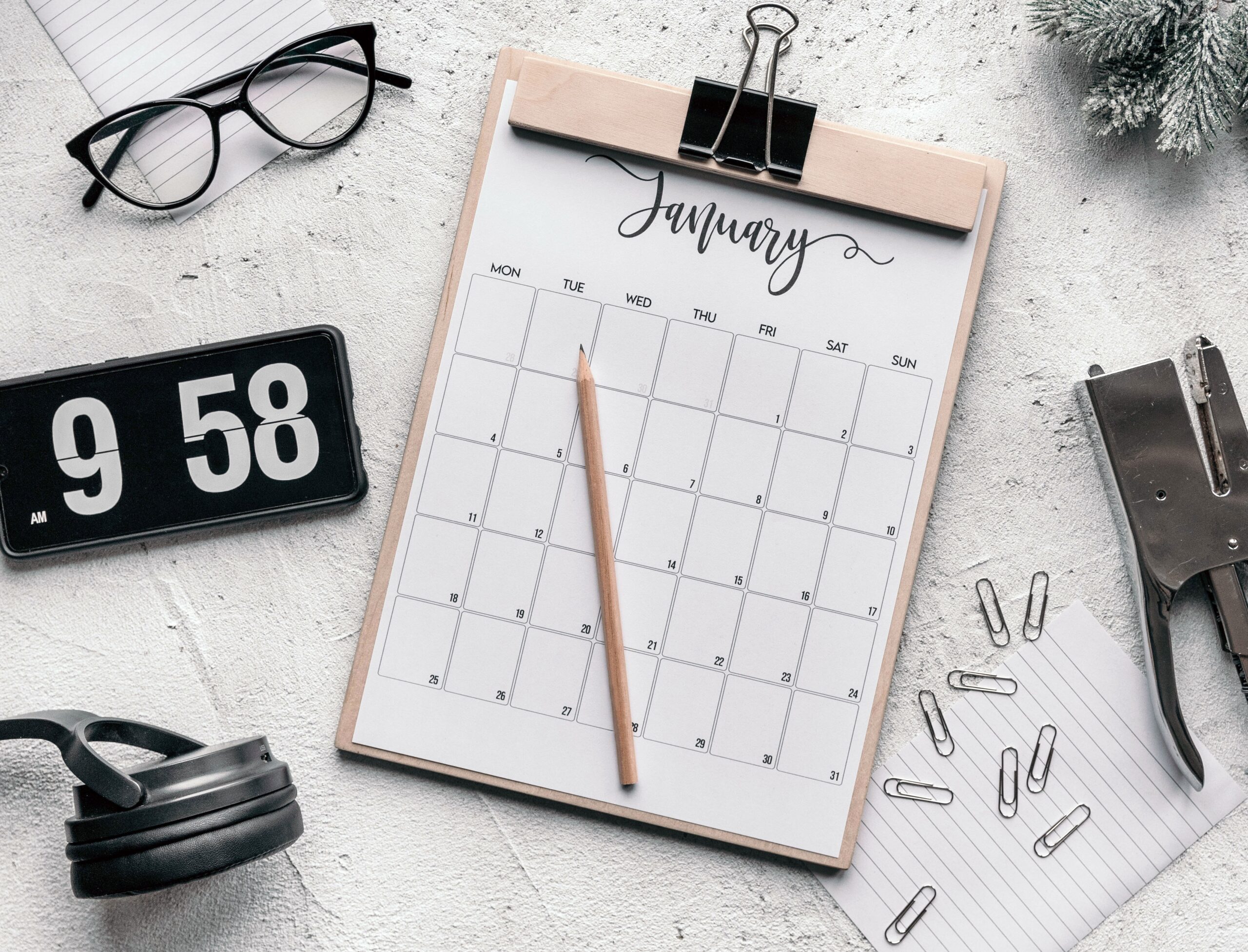
The Absolute Beginner’s Guide to SEO
SEO.
You’ve probably heard it thrown around quite often. It’s actually a bit of a buzzword for ranking content these days. Everyone talks about it. From bloggers to self-titled “SEO gurus,” if you’re into content creation, you know that SEO and SEO tools are the way to go.
And there’s no doubt about it. The right SEO practices guarantee that your website will be ranked on Google and other search engines. But how do you do that? How do you optimize your blog posts and web pages for search engines?
What is SEO?
SEO is like magic.
The very first thing to do is to understand what SEO truly is. Personally, it took me a while to get the hang of SEO. It looks simple, but it’s not. It’s tricky, and honestly, it’s super easy to get swept up in certain aspects of it and wonder why your SEO strategy isn’t working.
But before I confuse you, let’s begin with the basics. What is SEO?
SEO stands for search engine optimization. It’s basically the process of improving a website’s visibility and traffic organically through search engines. Now, the keyword (ironically, we’re about to talk a lot about those) in this definition is organically.
This means that you’re not paying for a ranking on search engines. There are many ways to get ranked on search engines. You can run an ad campaign; you can pay for a spot (notice the ads or sponsored links when you use Google sometimes? Yeah, that’s paid) on top of the search engine, but the issue with paid, sponsored, promoted (there are so many names for them now) links is that they’ll work as long as you spend money on them.
Of course, sometimes you have to pay. If you’re running a limited-time sale or something like that, it makes sense to pay for a rank because you want the most people to see your content. However, if you’re just starting out or don’t have enough capital, what’re you going to do?
Well, you’ll have to rely on SEO to get people to visit your website.
How Does SEO Work?
Search engines like Google do this really neat thing where they use bots to “crawl” webpages. There are billions (if not trillions at this point, honestly) of web pages on the internet, and these bots are collecting all the information about these pages before indexing them.
I really hope that the bots who’re crawling this web page right now decide that while my blog might be new, it’s got good content that humans like and rank it at the very top of the search results for freelancing, writing, and blogging.
Because that’s the goal of SEO: to rank on the coveted first page of your respective category or field or whatever it is that you’re advertising. Why? Because most people only ever go through the first page of any search engine.
That’s why it’s crucial to ensure that your website’s SEO is on-point so that when the bots are collecting data, they determine that your content is most relevant to a specific topic. If this is the case, then when they’re determining the ranking of individual web pages on said topic, yours will rank highly.
If it makes it to the front page of Google, naturally, you’ll get hundreds of thousands, if not millions, of visitors. All for free. Doesn’t that sound amazing?
It does. But it’s not simple.
There are so many aspects to SEO. There’s on-page SEO, off-page SEO, technical SEO and so on. Depending on your niche, you might be looking for local SEO, e-commerce SEO, etc. In fact, there’s SEO for YouTube videos now too.
A Few Important Words on SEO
Before you jump down the rabbit hole that is the world of SEO, let’s get a few things straight: this isn’t easy.
I’ve said it before, and I’ll say it again: SEO is not easy. It can be easy, but that comes after you’ve spent at least a few years in the game. There’s a high probability that you’ll become an SEO expert in a particular niche if you’re focused on it for six months. But you can’t be an expert in e-commerce SEO and local SEO, and YouTube SEO in six months.
You can take courses of course. But let’s be honest: the real SEO courses that will make you a true expert in less than six months are worth thousands of dollars.
I’ve recently seen a trend on social media where these so-called “SEO experts” have started selling courses and programs. Don’t fall for that. As a beginner, everything you need is available online for free. If you feel like you need a guide to help you navigate, you should subscribe to Neil Patel or Ahrefs. You know, people who actually know what they’re doing.
I’ve never called myself an SEO expert. I say that I have experience with it. In fact, this website’s kind of my attempt at seeing if I can actually be held responsible for creating an entire website and driving an audience to it.
I already know where I’m falling short (hello, regular updates), and I hope I can get a routine going during the summers when I don’t have classes.
But that’s a conversation for another day.
Your First Step into SEO
As I’ve already mentioned, a lot goes into SEO, but the best way to get started is by clearly defining what you’re up to. Ask yourself the following questions:
- What’s your niche? Is it travel, lifestyle, finance, internet technologies? You need to be clear about that.
- Next, what’s your intention? Are you thinking of creating educational content, or will it be promotional content?
- And then, what’s your target audience’s intention? This is also called intent. What’s your target audience looking for? Are they searching for answers on certain topics, or are they looking to buy something?
Once this is sorted, you can start thinking about your SEO strategy. As mentioned, there’s on-page, off-page and technical SEO to consider. I know for a fact that those topics need their own blog posts.
For now, for the very, very beginners, here’s what you need to know. To rank your web pages and drive an audience to your website, you need to make sure that Google’s bots (also called crawlers) understand what you’re trying to convey.
This can be done through:
1. Keywords and keyphrases
Keywords and keyphrases are super important when it comes to SEO. Why? Because these help Google’s bots understand what your content is about. If you use the keyphrase “buy hiking gear” multiple times throughout a webpage (recommended to around 1% of the total word density), the bots will know that you’re probably selling hiking gear.
However, that doesn’t mean that you can just have a webpage full of the phrase “buy hiking gear” to rank at the very top of search engines. They’re way smarter than that. In fact, if you use such a technique (it’s called black hat SEO practices), you’ll get caught, and your website will be identified as spam (so no ranking for you) and will probably never be ranked again.
It can be very easy to identify the wrong keyword. So, before you choose a keyword, you might want to check it out yourself by typing it on Google to see if it matches your intention as well as your target audience’s.
2. Appropriate, Informational Links
You can reinforce what you’re talking about by linking to other websites (called outbound or external linking) or referring readers to other pages on your website (called inbound or internal linking).
It’s important (particularly for a new website) to have links on your web pages because it helps the bots further understand what you’re talking about.
Also, websites have something called Domain Authority (DA). As it is, those with higher DA naturally rank higher on search engines, and they’re seen as this authentic authority. So, you might want to choose websites with good DAs.
Obviously, this doesn’t mean that you link to completely unrelated articles from Forbes or Scientific American. The bots will know, and your links will be useless.
As for internal linking, it’s a great way to get your audience to spend more time on your website. Also, if you have one page that isn’t performing too well, you can add its link to better-performing pages to drive more audiences.
3. Great Content and Greater Formatting
Make sure that your content is written well. Avoid grammatical errors and proofread your content multiple times. When I’m particularly bored, I return to this website and read my blog posts to find grammatical errors. It’s super easy to miss out on those. If you can, hire a proofreader. But for the most part, I’m pretty sure you can easily capture grammatical errors yourself.
Once you’ve perfected your content, you need to make sure it is readable. In particular, focus on
- The font and font size you’re using. You don’t want to use fonts that are hard to read. Alternatively, you don’t want your font size to be too small. Depending on your website, you can choose something that’s just right.
- The size of your paragraphs. As a general rule, try not to have a paragraph that’s more than five lines. You should have a good variation of small and large paragraphs.
- Headings. Use headers to help readers (and crawlers) easily navigate through your website. Generally, I like using H2, H3 and sometimes H4. Don’t simply highlight your sections. Make use of the H tags; they translate well with the bots.
- Use lists and bullet points. Make numbered lists and use bullet points in your content so that your readers can quickly skim through them. Also, lists and bullet points are actually recommended by Google itself.
4. Meta Description, Titles, URLs and More
Make sure that you fill out the meta description, title and include short URLs for your webpage. Basically, if you’re using WordPress (and chances that you are), you need to ensure that you fill in all the page descriptions and formatting recommendations available.
Meta descriptions have to include your primary keyphrase, and so does your URL. Make sure that your title, meta description and URL, in particular, are filled by you because this is a great way to show Google that you’re attempting to rank.
Also, if you’re using any images, make sure that their alt text is correct. These are little things that require less than 150 characters and can help determine your ranking among new websites in your niche. So, don’t miss out on them.
5. Technical Stuff
Technical SEO is, as the name suggests, pretty technical. You’ll be looking at the structure of your website in more detail for this one. From its HTML structure to its CSS appearance and JavaScript action, if a website is created well, it can significantly help the bots understand what you’re doing.
Think of it this way. On-page SEO (which is almost everything we’ve covered above) is your user experience. Technical SEO is your bot experience. If your website is easy for the bots to navigate through, you’ll get ranked fairly quickly. But if it’s not, it might take some time.
But you can’t always have a website that suits bots. Your main audience is people. So, what do you do?
Well, there’s something called schema that can help bots better understand what’s on your webpage. Apart from that, you also need to make sure that your website’s health is pretty good too. This means that you must focus on things like webpage speed, hidden errors, unused codes and more.
Basically, stuff that certain web developers should know about. Like my web developer. Who, for some reason, after handing this website over to me, has stopped looking after it. Seriously, I’m using this opportunity to call out Barki and his inability to actually look at some of the technical issues I’ve pointed out on our Trello board.
We get it, Barki. You’re busy, but if you have time to send snaps, you SHOULD look at our Trello board.
Anyway, abort mission.



3 Comments
John
it’s interesting how first principles of seo have always been the same, but the execution has changed. I commend you for writing this article with such clarity!
athistleinthewind
Hi John, yeah I completely agree with you. First principles are all the same; you just need to be smart about the strategy!
Alice
Thanks for sharing. I’ve been so confused about SEO!